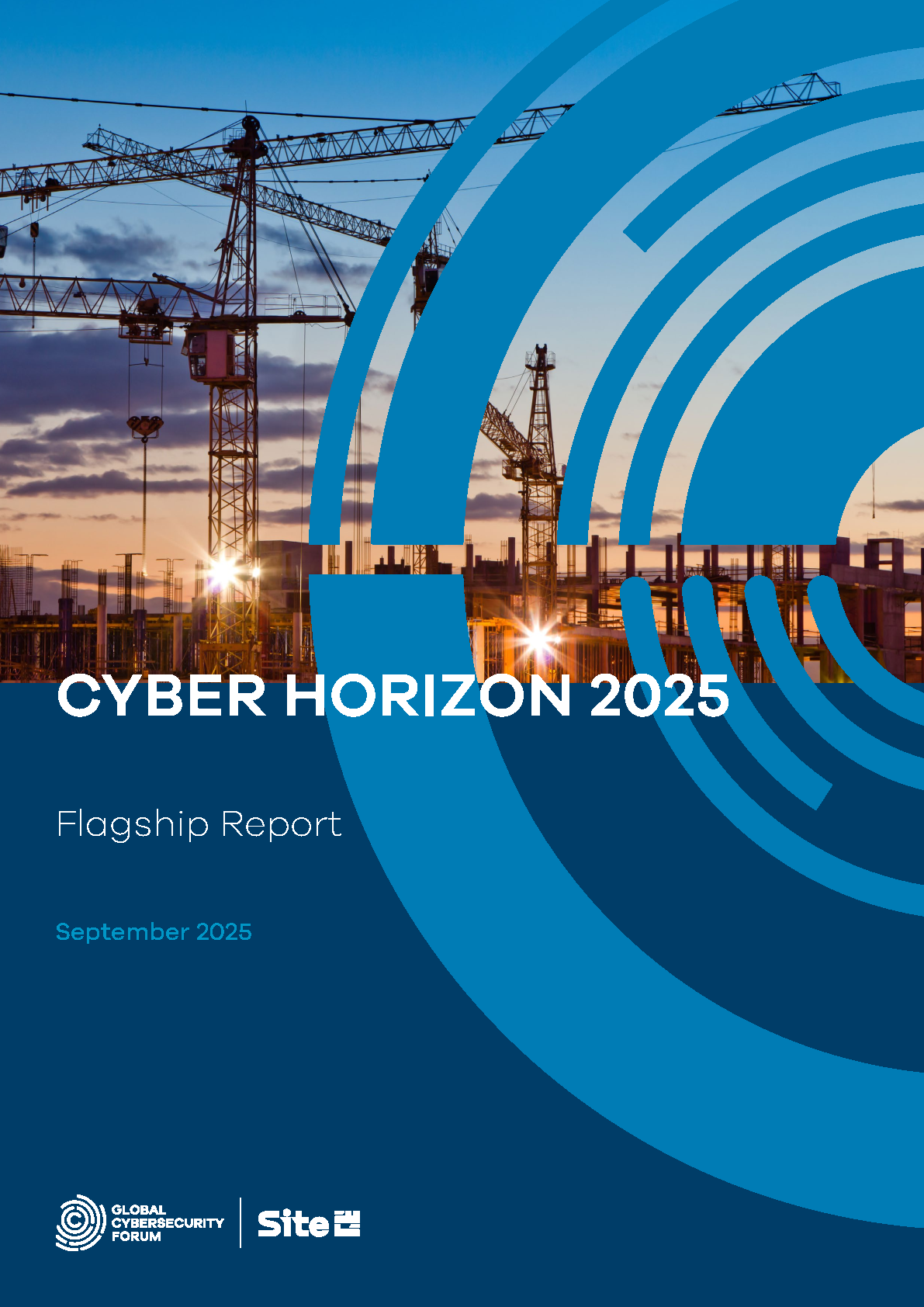- Home/
- Press & Media/
- From Insights to Action: Meet GCF Singapore Explores a .../
From Insights to Action: Meet GCF Singapore Explores a Safer Cyberspace for Children

A global warning signal
The CPC Index, a unified global framework designed to track progress in child cyber safety, has revealed that 76% of children aged 8-18 have experienced at least one cyber threat – a figure that has remained stubbornly high for a decade.
Today, these threats are being amplified by advances in emerging technologies, such as AI, that enable scalable, personalized, and hard-to-detect hazards that outpace traditional security methods.
Understanding challenges and identifying shared priorities
CPC Index data also reveals significant disparities in cyber risk between regions and countries, with children in developing nations the most acutely affected. Nations with advanced cybersecurity infrastructure and knowledge can transfer skills and knowhow, but the efficient targeting of efforts is hindered by inconsistent approaches across regions and a lack of common terminology.
“We need to agree on the language,” said Dr. Park. “In order for us to understand the child safety issue, we have to work together – because it is not a one country issue.”
The CPC Index is the first of its kind to collect child cyber safety data in a unified global manner, establishing common frameworks and standards related to child cyber risk through consistent, standardized data and research. It serves as a global platform to advance knowledge and define key metrics that allow nations to track progress and measure policy effectiveness on child cyber safety.
Transforming data into action
Turning the insights offered by the Index into concrete measures is a core component of the initiative. “We are not trying to put another index ranking competition to the world. We want to bring practical tools to nations and stakeholders, so that we can actually collect the data together,” said Dr. Park.
For governments, this means providing policy and regulation guidance, while companies can gain valuable insight into issues like safety by design requirements. The Index can also help schools implement security policies, provide digital guidance to parents, and inform children and teachers about digital literacy and cyber citizenship.
Reaching the target
The CPC Index will provide countries with a standardized score to track progress, as well as national toolkits to accelerate action toward the shared goal of reducing child cyber risk by 15% in five years.
Reaching this target will require reliable data and coordination at the national, regional, and global level. This CPC Index falls under the umbrella of the Child Protection in Cyberspace (CPC) global initiative, instated by HRH Prince Mohammed bin Salman bin Abdulaziz Al-Saud, Crown Prince and Prime Minister of Saudi Arabia, and implemented by GCF, which is taking action to ensure a safe, empowering Cyberspace for children around the world.
As part of the CPC global initiative, GCF is partnering with global organizations to advance child online safety worldwide. The initiative aims to develop national child safety frameworks in more than 50 countries, upskill 16 million people in child protection, and safeguard 150 million children globally. In addition to the DQ Institute, GCF is collaborating with the International Telecommunication Union (ITU), Child Helpline International, UNICEF, and the WeProtect Global Alliance to achieve these targets.
Indeed, protecting children in Cyberspace is a shared responsibility – and shared data is its foundation. The CPC Index offers a framework for that cooperation, one that thrives on collective participation from all stakeholders. You can learn more about these global efforts, and how you can contribute to this shared mission of safeguarding children in Cyberspace, by heading to the CPC Index website.
Latest Updates

.png&w=3840&q=75)
.png&w=3840&q=75)
